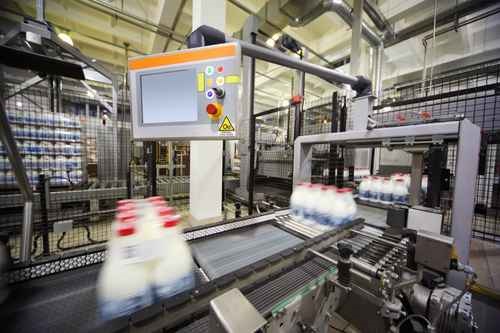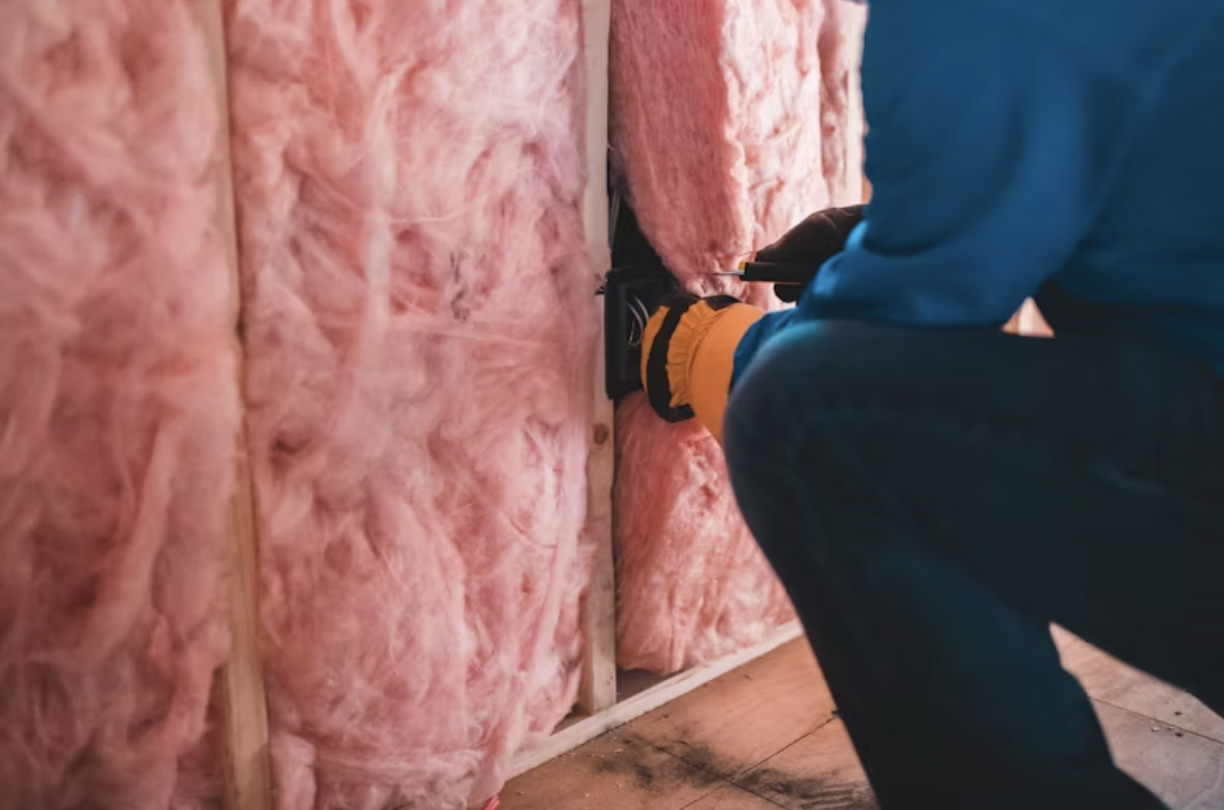Conveyor Systems: Convey Your Material To Suit Your Needs
A conveyor system, as the name suggests, is used for conveying or carrying materials from one location to another. The system may use different mechanisms for transferring the material from one place to another, it may use a belt conveyor, chain conveyor, food handling conveyors, table top conveyor or powered rollers. Conveyor belts are widely uses, right from heavy industries to airports, in shipping companies and dockyards, and even in automobile or food manufacturing industries. For instance, you may simply want to shift containers or pallets from one location to another or you may be required to carry out some operations on the products (canning/bottling/food processing).

The basic variants of a conveyor system are explained below:
Belt Conveyor:
- The most common example of a belt conveyor is the luggage conveyor that you see at airports. It is the most versatile and commonly used conveyor system.
- The basic mechanism consists of two or more pulleys and a belt which moves over the pulleys thus moving the material kept on it.
- One pulley is powered by a motor and the other pulley is called the idler. The belt usually slides over a flat metallic surface between the pulleys. In case of heavy loads, the flat metal surface may be replaced by rollers thus minimizing friction.
- Belt conveyor systems are mainly used where the product being transferred is of uneven dimensions or is so small that it can fall between the rollers. For this, they are generally used when luggage needs to be moved from one end of the airport to the passengers to whom they belong. This can also be used where some turning is required or for transporting material up on an incline. Its applications are only limited by the weight of material that can be transferred.

Chain Conveyor:
- A chain conveyor consists of a powered chain on which the material to be transferred is kept. So instead of a belt, the material is kept directly on the chains.
- This is driven by a motor which is hung under the chain. It is mostly used where looping or turning in spirals is required as in bottling or canning industries. It can handle light or medium weights.
- A variation of it is a conveyor having small metal or plastic platelets which overlap each other. These overlapping platelets provide a flat surface similar to a belt conveyor but hare more powerful.
Since plastic or metal platelets are used, this type of conveyor can be used in extreme weather conditions which would otherwise destroy a rubber belt. Chain conveyors can also be used for transporting material up or down an incline.
Powered Roller Conveyors:
- As is evident from the name, a powered roller conveyor is used for transporting of heavy material such as industrial equipment or pallets or assembly lines.
- It consists of metallic side frames on which rollers are installed. Each roller is connected to its neighbor by a chain and sprocket arrangement.
- On each end is the driver roller which is connected to the driver motor by the chain. This arrangement ensures that no roller can slip under load.
- These types of conveyors can be used in accumulation that is, the product at the end of the conveyor does not fall off but the products at the beginning of the conveyor can still continue to move.
Instead of chain driven power rollers, shaft driven rollers can also be used for conveying comparably lighter loads as in small packaging units. Each roller is connected to powered drive running the entire length of the conveyor through small belts or bands. The products have to be big enough not to fall between the rollers for this system to work correctly.
Still not found the conveyor system to suit your application? Well, there are customized conveyor systems too available to meet your requirements. Click here and get more info about conveyor systems.















